England vs India: Why, for Virat Kohli's world-beaters, this is the one
For one of the great sides of the last decade a landmark away win, to cap their dominance of Test cricket over the last three years, is the final frontier
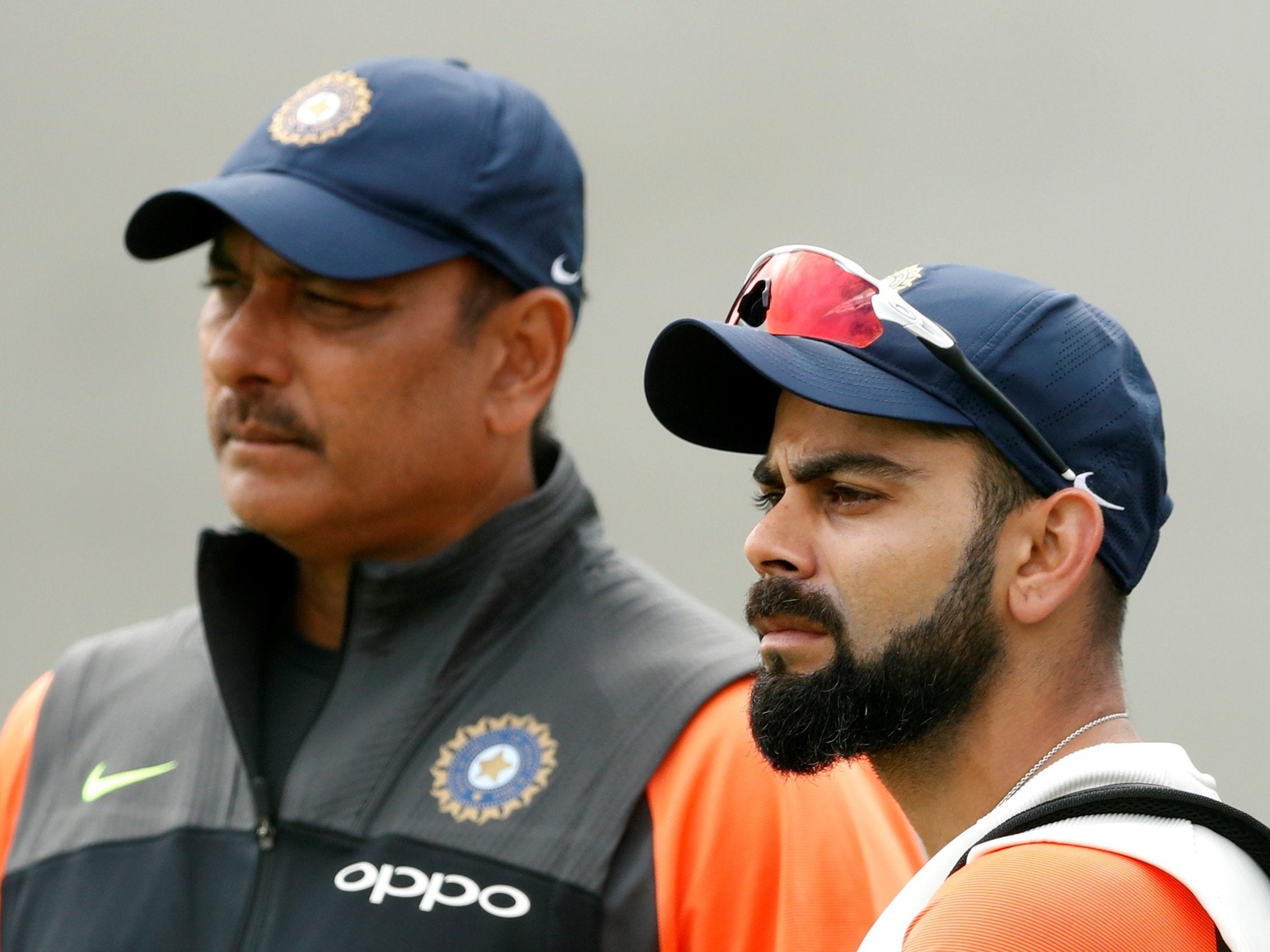
The biggest Test series of the year, and the highlight of the English cricketing summer, will begin in Birmingham on Wednesday morning, overseen by an expanse of empty seats. Around 20,000 tickets remain unsold for the first two days of the first England v India Test match, and for all the extenuating factors at play it will be hard not to see, in those unfilled white chairs, a portent for English cricket as a whole: an edifice whose exquisite veneer of exceptionalism is beginning to erode before our eyes.
Even as cricket’s financial balance of power has shifted east in recent decades, taking the political and cultural balance of power with it, England’s largely self-drawn image as the natural seat of Test cricket has remained intact: buttressed by a strong national team, the traditional pre-eminence of the five-day game, and above all exceptional ticket sales and a stubbornly resilient public interest. All three are now, to varying degrees, on the slide. And so these five games between England and India are so much more than a simple tussle of sporting skills. They will, like the rings on a tree or the recession of Arctic sea ice, show us just how close to the brink we are.
Perhaps the biggest disparity between these two sides is not in terms of bat or ball, but in the simple fact that for all the feverish anticipation this series is generating in India, few in England will be aware it is even taking place. From outside its hermetically sealed chamber, the furious internal debates within the game – over The Hundred, or the selection of Adil Rashid, or the competence of its administrators – must sound like fleas arguing in the corner of the world’s largest concert hall. We’re not even pining for 2005 levels of public engagement here: go back to 2011, and England’s 4-0 whitewash of India earned them an audience with the Prime Minister and two names on the BBC Sports Personality of the Year shortlist. Only seven years ago, and yet it already feels like a bygone age.
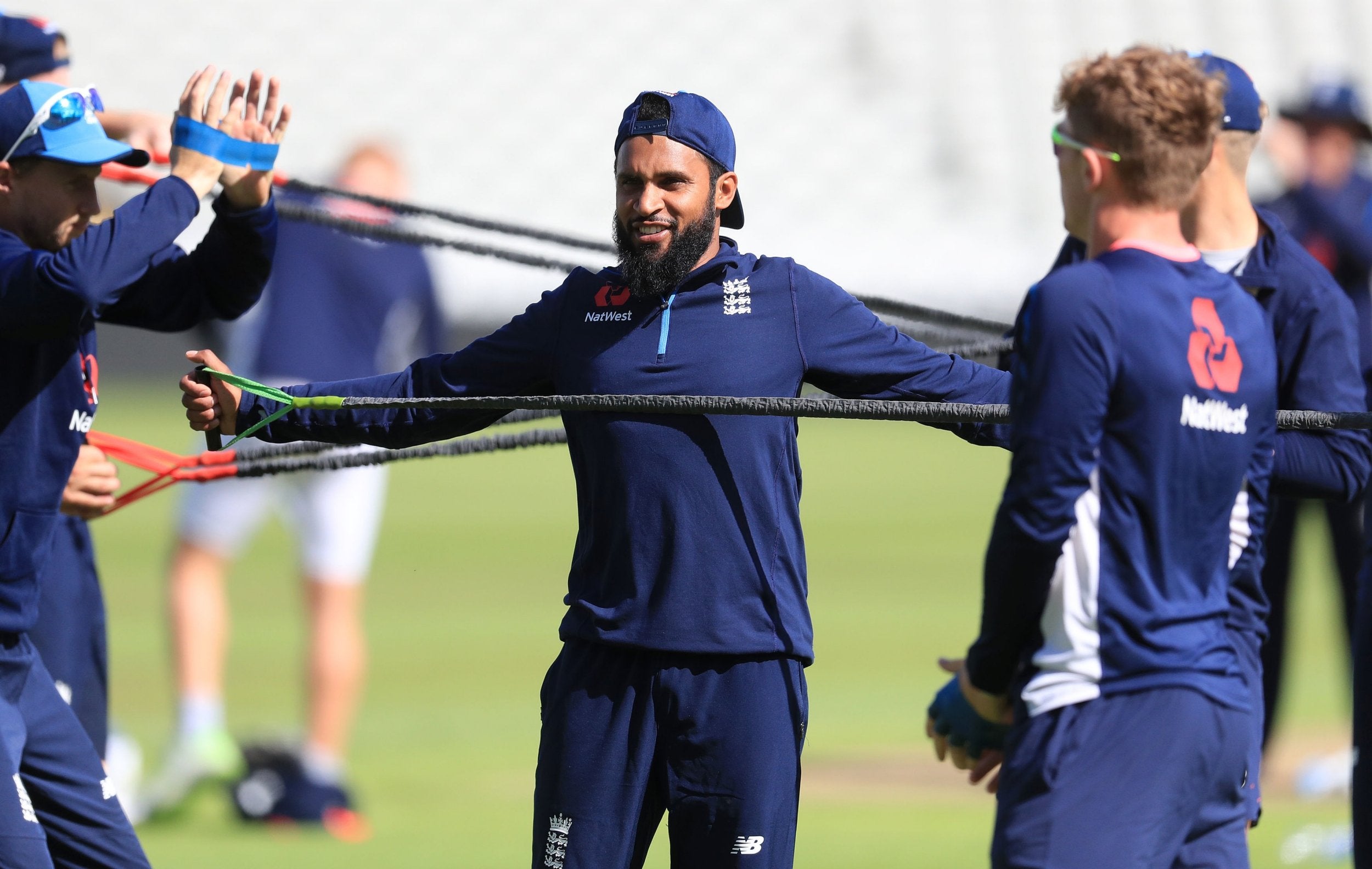
What could take place over the next six weeks that would be capable of piercing the bubble? A genuinely close encounter might help: not since 2009 has a five-Test series in this country remained live until its last game. And in this respect, this series has a better chance than most. Perhaps India’s poor record in England – just six wins in their history, and one series win in the last 32 years – has allowed a different sort of English exceptionalism to seep in, a latent complacency that whatever the respective strengths of the opposition, in English conditions these sorts of series almost invariably go with the home grain.
This would, however, be a grave mistake. India are not just the world’s No 1 team by a distance, but by far the best side to visit this country since Graeme Smith’s South Africans in 2012. This alone should make them slight favourites, and not just because the home grain has been scorched to straw by an unseasonably hot summer. Conventional swing and seam may not be as abundant as in past home series. Reverse swing, for so long an English strength, has become something other teams do better. England’s Achilles heel in recent years has been the inability to prise batsmen out on good wickets, to bowl the penetrative third and fourth spells that can define whether you are up against 350 or 550.
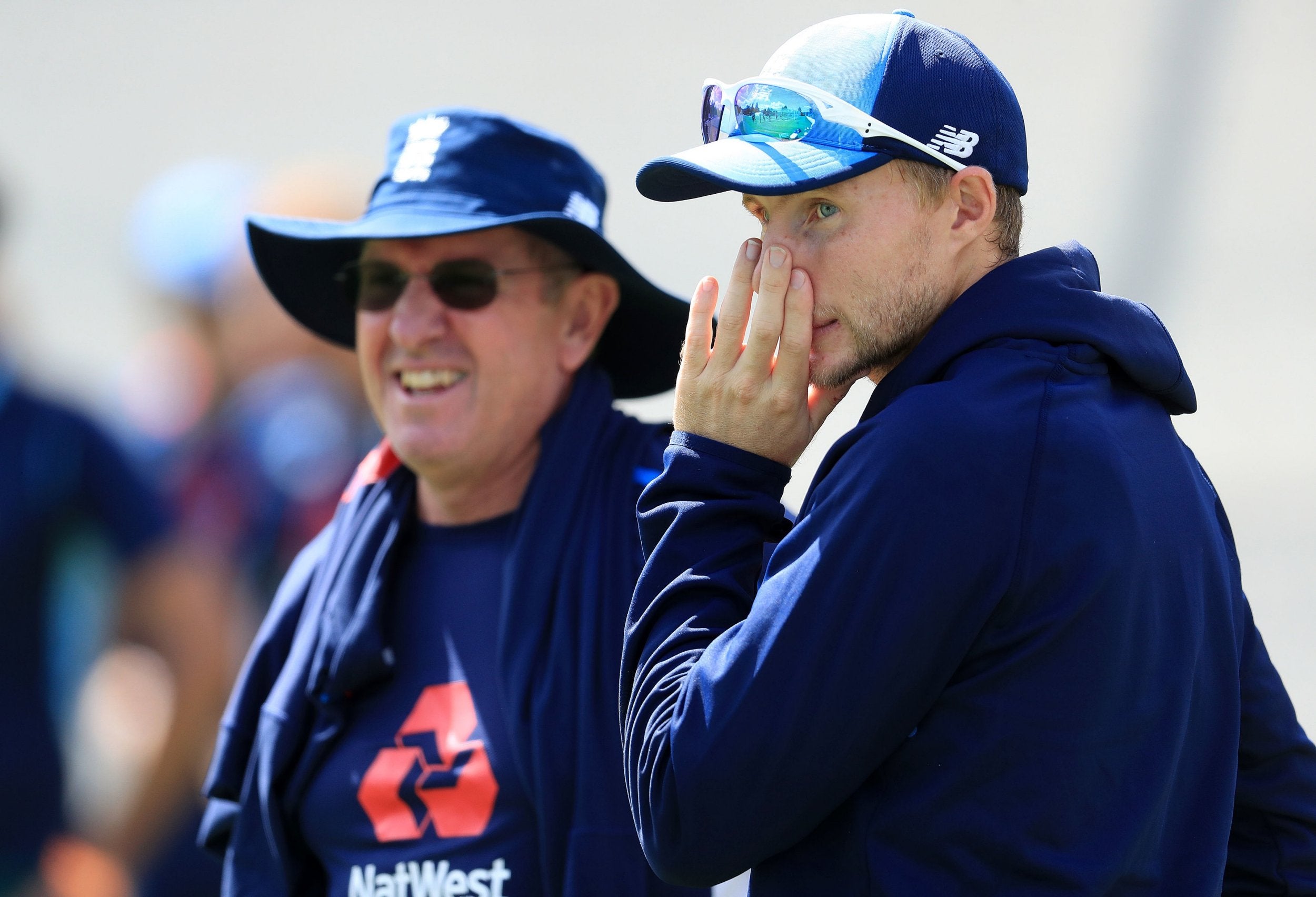
But even in classic English conditions, the visitors would remain a fine shout, for the simple reason that for India, this series is the one. A landmark away win, to cap their dominance of Test cricket over the last three years, is the final frontier. The 2-1 defeat in South Africa was a missed opportunity. The tour of Australia later this year, a country where they have never won, offers another. But for the follower of Indian cricket, there is something about conquering the greenswards of England that holds a unique and totemic fascination. And so for a good year, captain Kohli and coach Ravi Shastri have had their sights trained on this summer, this series, this prize above all others.
It is why the Board of Control for Cricket in India were so keen to play the limited-overs games before the Test series. It is why they also scheduled an A tour of England this summer and sent their under-19s here last year. It is why they encouraged their players to take up county contracts this summer, even if ultimately only Cheteshwar Pujara and Ishant Sharma ended up doing so, with Kohli prevented from joining Surrey only by a neck injury.
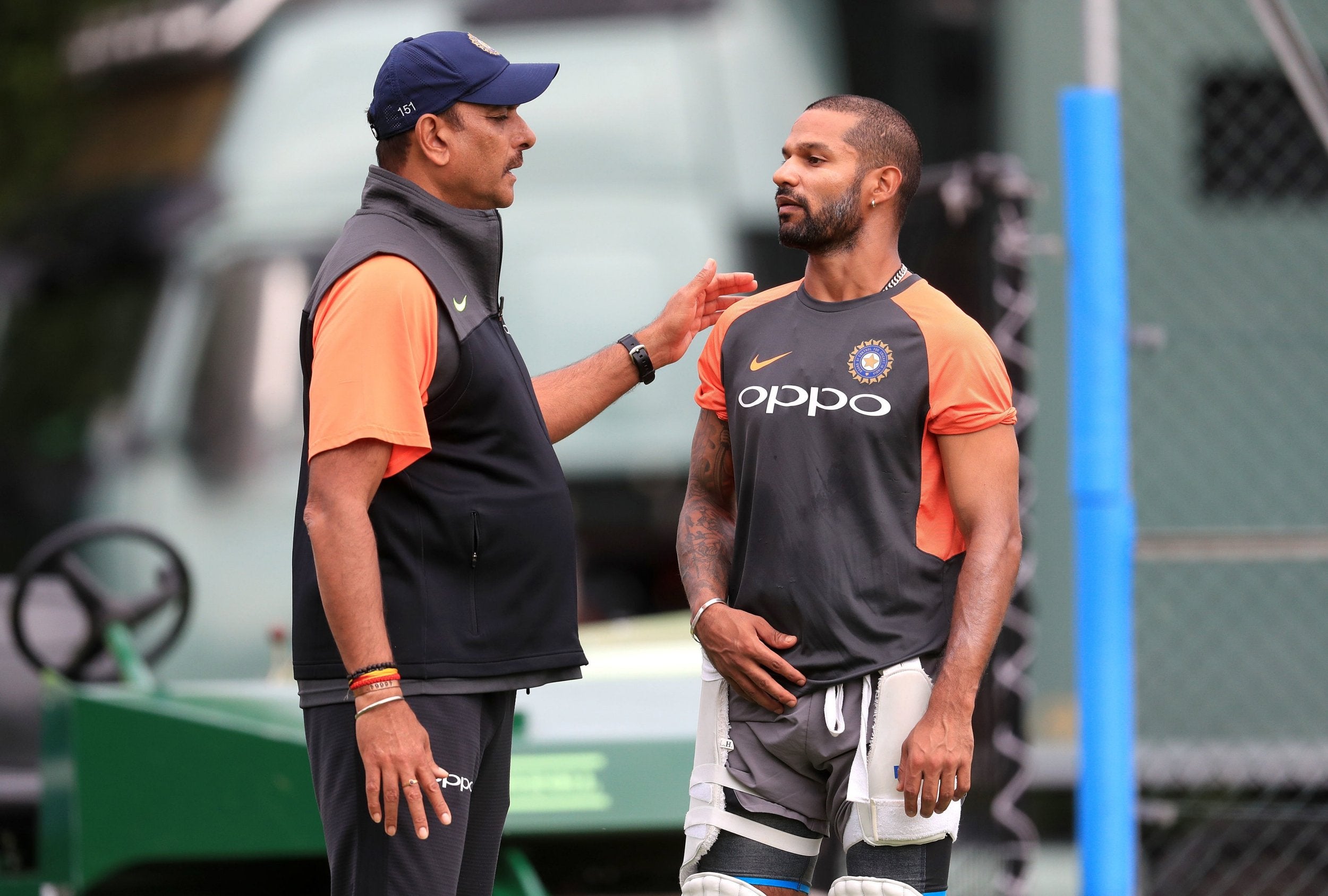
At an individual level, too, India have left no stone unturned in an attempt to accustom themselves to the moving ball. Half-tennis and half-rubber balls have been used in net sessions to try to simulate the lavish movement. A quick swing through Ireland was squeezed in at the start of the tour. And as for Kohli, tormented by the swinging ball on his last visit here in 2014, the challenge of English conditions impelled him to remodel his entire technique, with the sort of meticulous attention to detail befitting one of the world’s greatest athletes.
Kohli dwelt on that 2014 series for some time afterwards. He averaged just 13 that summer, nicking off six times out of ten. Watching back the footage, he realised his right hip was too square, his front foot splaying towards cover point, and his shoulders not in line with the flight. Over painstaking hours and days in the nets, he installed a camera alongside the crease to monitor where his front foot was being planted. Again, again, again: until his foot was going towards point rather than cover. Of course, the proof of the footing will be in the leaving. But you can bet every last rupee in Kohli’s bank account that he won’t be averaging 13 again.
Nevertheless, Kohli takes his place amid a strangely maladjusted top order, with Shikhar Dhawan and Pujara both short on runs. Dhawan’s rollicking style means he could tee off at any moment, but Pujara’s slump is more worrying. He will be acutely aware that 13 of his 14 Test centuries have come in Asia, and that India’s hopes of compiling big totals rest on whether their top order can protect the likes of Kohli and Ajinkya Rahane from the new ball.
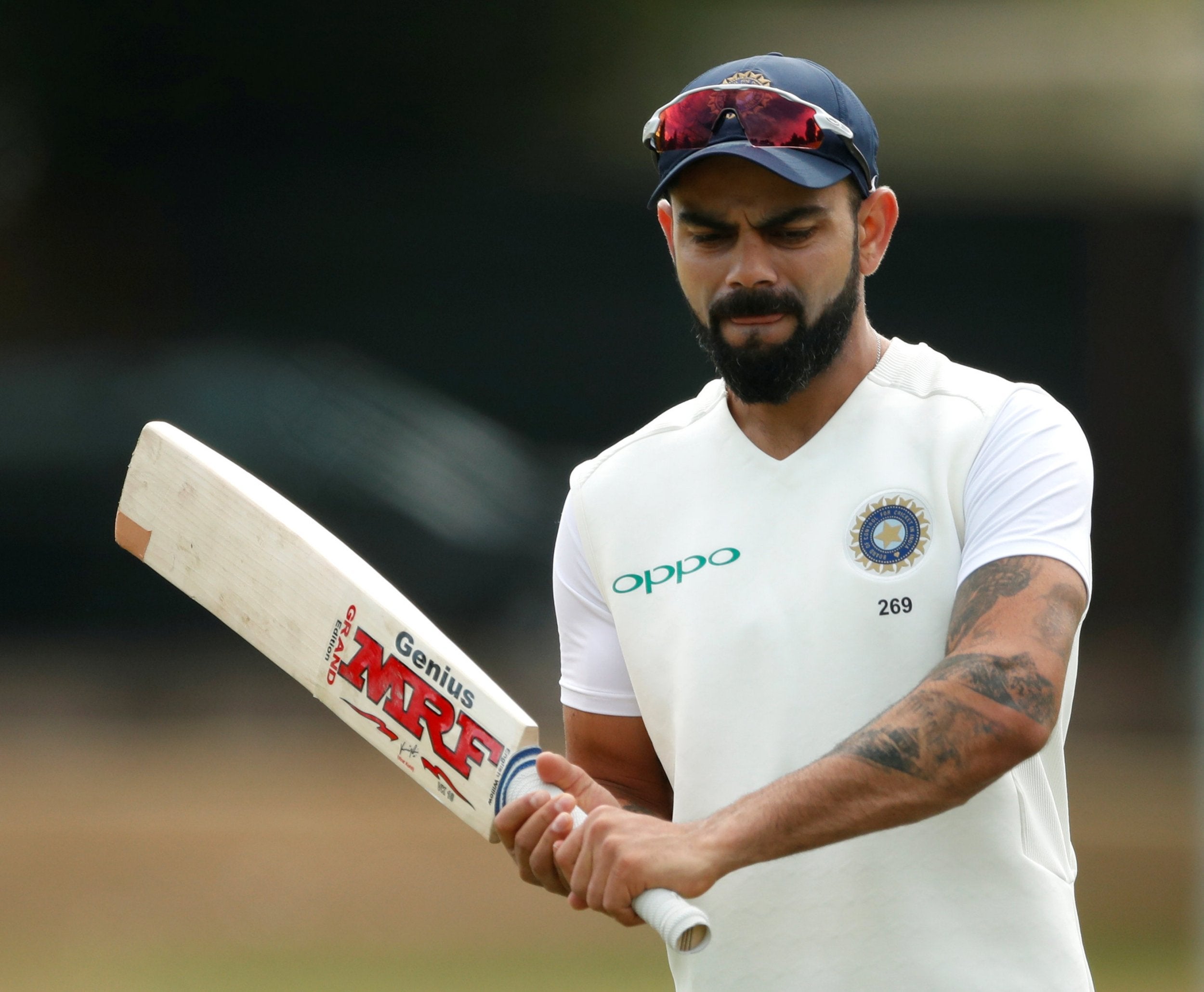
And what of that new ball? It was interesting to hear Stuart Broad talking earlier this week about the possibility of he and James Anderson being rotated over the next few Tests to keep them fresh. Realistically, England will still lean heavily on both, with Mark Wood and Chris Woakes still recovering from injury, Sam Curran and Jamie Porter still green and Ben Stokes due in a Bristol courtroom during the second Test. Indeed, on good surfaces, it is hard to see where England will take 20 wickets, and it will not have escaped India’s notice that their only recent win in England, in 2007, came against a transitional England attack, with Stephen Harmison and Matthew Hoggard both absent.
Which is where spin will come in, and for all the rancour and recrimination over Rashid’s recall, this is the one area where India have a clear advantage. Even if it is not a given that either side will play two spinners at Edgbaston, which has been watered to within a millimetre of its life over recent weeks and even treated with seaweed in an attempt to retain its moisture, spin is poised to play a big part this summer. Rashid and the restored Moeen Ali will hold few alarms for India, who played them with nonchalance at home two winters ago, whereas Ashwin and Kuldeep Yadav have the variety and skill to keep control of the game while their pacemen take a break.

India are certainly confident they have 100 wickets in their dressing room. The injuries to Bhuvneshwar Kumar and Jasprit Bumrah are a big blow, even if both may appear at some point. But Umesh Yadav offers raw pace and new-ball swing, Mohammed Shami was the pick of the fast bowlers during the last series in India, while Sharma showed good form with Sussex earlier in the summer and is their best technician in English conditions. Whatever the makeup of the attack, their slip-catching will need to be vastly better than it was in South Africa. Kohli’s ceaseless rotation of the cordon during the recent tour game at Chelmsford was not a good omen.
And indeed, we really have very little idea what to expect from India over the next few weeks. Shastri has promised “surprises”, and for all their tribulations in this part of the world in recent years, there is a bullishness and a swagger to this side that you suspect will allow them to paper over any deficiencies in personnel or experience. They know that winning in England is the last realistic obstacle to this side’s claim to greatness. And that with an ailing, uncertain opposition, with an unrivalled array of talent, and in the midst of a very Indian summer, they may never get a better chance to do it.
Subscribe to Independent Premium to bookmark this article
Want to bookmark your favourite articles and stories to read or reference later? Start your Independent Premium subscription today.

Join our commenting forum
Join thought-provoking conversations, follow other Independent readers and see their replies
Comments